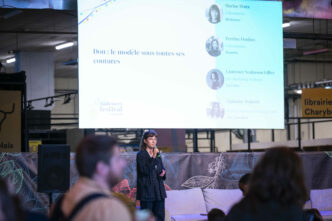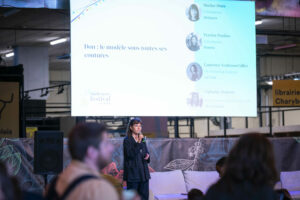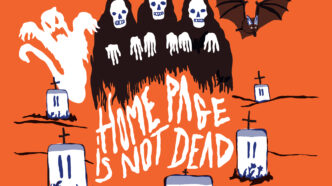
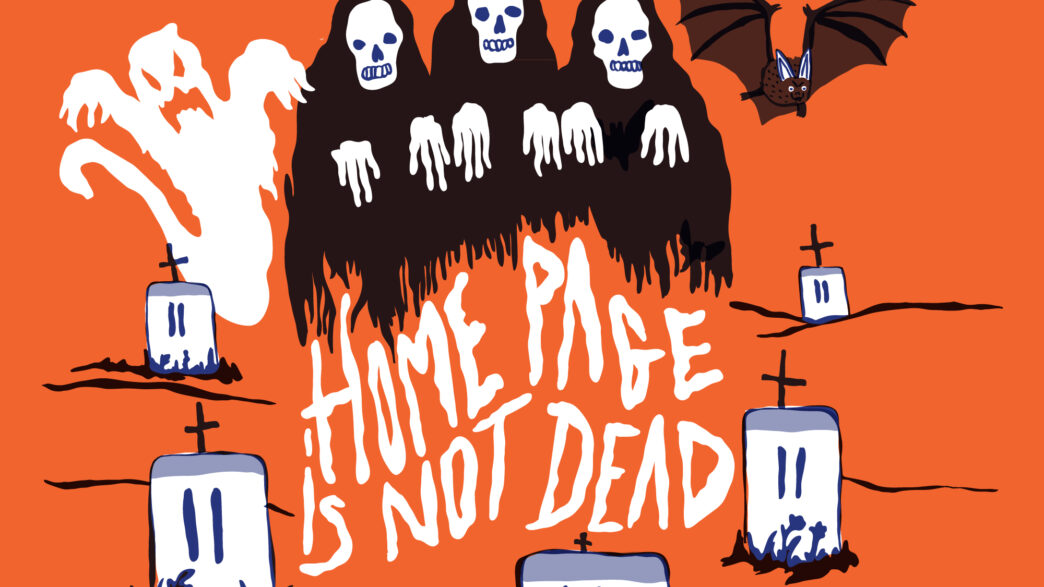
Heiko Scherer is the founder and CEO of tchop. In this article, Heiko discusses how the homepage has changed - it's no longer about one screen. It’s about shared intent that runs through the entire product experience.
Homepage traffic has been drifting downward for more than a decade. In most newsrooms, this is no longer up for debate. The signs are clear: visits have declined, session durations are shrinking and the ways people arrive are more fragmented than ever. What used to be the front door is now, for many users, a side entrance they rarely walk through.
Still, what’s more interesting than the data is how publishers have responded.
Some tried refreshing the homepage with new layouts, hoping a better design might bring users back. Others added personalisation layers, believing algorithms might rebuild the kind of editorial judgement that once guided readers. A few removed the homepage altogether, shifting toward infinite scrolls or card-based structures that resemble social platforms.
But almost no one stopped to ask the real question.
- What if the homepage didn’t actually disappear?
- What if it slowly spread out across the product, piece by piece?
- What if it still does the same job, just in ways we’ve stopped noticing?
Because while homepage visits have gone down, the purpose it served has not. Readers still need orientation, a sense of what matters and clear pathways to move forward. That need hasn’t changed. What’s changed is where and how it gets met.
What was once central is now distributed
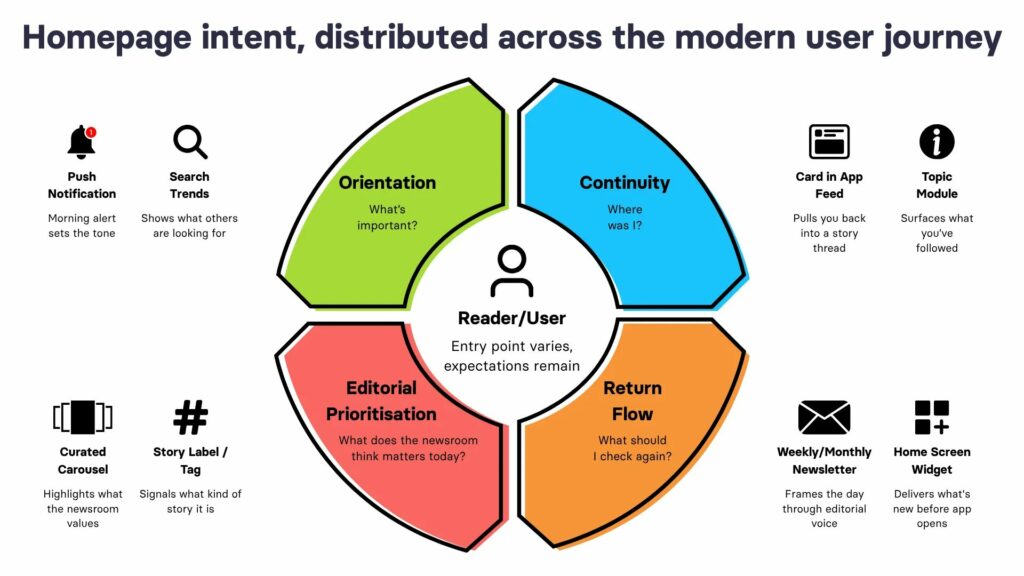
If we only see the homepage as a screen full of links, we miss the bigger picture.
The homepage was never just a landing page. It was a system of editorial signals. It showed readers what was important, helped them find their place and made space for stories they didn’t even know they were looking for.
Now those functions have been distributed. They show up in new, scattered places.
- A push alert that sets the tone for the morning
- A home screen widget that shows what’s new before the app even opens
- A card that brings the reader back into a topic they were already following
- A newsletter headline that frames the day in one short sentence
- A trending cluster in search that points toward the wider conversation
These are not just parts of the product. They carry out the same job the homepage used to do, only on different terms and across more surfaces.
Let’s be clear: the homepage still exists. It’s not gone. For many users, especially loyal ones, it remains a familiar starting point. But its relative influence has shifted. What once acted as the singular front door is now just one door among many.
In that sense, the homepage hasn’t been replaced. It has been complemented and in many cases, outpaced by other entry points that now carry just as much weight in shaping the user experience.
Readers don’t land anymore, they get pulled in
The old idea of a homepage was tied to a clear ritual. They would type in the URL, land on the front page and start reading.
That behaviour has almost faded.
Today, readers come through group chats, alerts, feed cards, AI answers or inbox clicks. They don’t begin at the beginning. They drop in from wherever they happen to be and often without knowing what they’re looking for.
That has ripple effects.
The homepage once gave users a second chance. If they missed a big story, there was still time to notice an analysis, a feature or a visual piece nearby. There were multiple layers to catch attention.
Now, every surface must do that work on its own.
If a push alert misfires, it gets dismissed. If a card feels generic, it gets skipped. If a landing page doesn’t make sense, it’s closed without a second thought.
There’s no longer a single screen to reconnect the dots. And when no one else picks up the thread, the user simply moves on.
Flow replaced structure as the user’s guide
It’s tempting to treat the homepage as something that just needs fixing. But the more useful approach is to think of it as a set of movements, not a static place.
The homepage has become choreography. It’s the sequence of steps that help readers find stories, build rhythm and come back.
To do this well, teams need to design for different ways people re-enter the product:
- A subscriber who clicks the same early-morning alert every day
- A search user who lands in the middle of a story with no context
- An app-first reader who moves through modules instead of articles
- A skimmer who reads headlines across platforms without opening the full piece
These are real patterns now.
And each of them needs the function of a homepage, even if they never encounter it in its traditional form.
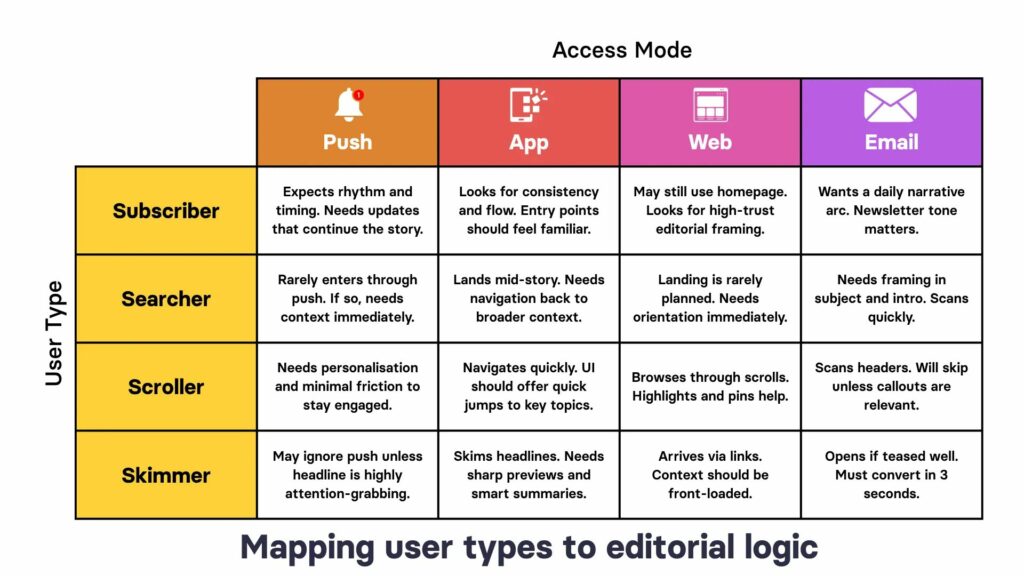
Editorial rhythm needs systems, not layout
For years, the homepage used design to express judgement. Bolder headlines meant more urgency. Story groupings reflected themes. Image size suggested importance.
But in today’s scroll-based interfaces, most of that visual structure has been lost. Feeds flatten everything. One story looks just like the next. There’s no visual hierarchy to help users instantly see what matters most.
So structure has to come from somewhere else.
- Use consistent, recognisable formats. A live update shouldn’t look like an opinion piece. A timeline should feel different from a recap.
- Sequence content across time. Use push alerts or pinned stories to build rhythm, not just urgency.
- Establish patterns readers can recognise. If someone visits often, they should start to feel familiar with how the product flows, even when the layout changes.
This kind of rhythm doesn’t just improve navigation. It builds trust. And that trust leads to return.
The homepage doesn’t need saving, it needs rethinking
The real challenge isn’t to boost homepage traffic. It’s to make sure homepage thinking shows up where it’s needed.
That means asking different questions:
- Are we highlighting what matters clearly, in every surface?
- Are we offering continuity when someone returns?
- Are we helping the user pick up where they left off?
- Are we giving enough context to make every entry point feel complete?
These principles should guide how we build everything:
- A newsletter intro that frames the day instead of repeating the headline
- A push alert that connects to something the reader already explored
- A feed that feels layered, not chaotic
- A scroll path that helps the user pick up where they left off
Homepage thinking is no longer about one screen. It’s about shared intent that runs through the entire product experience.
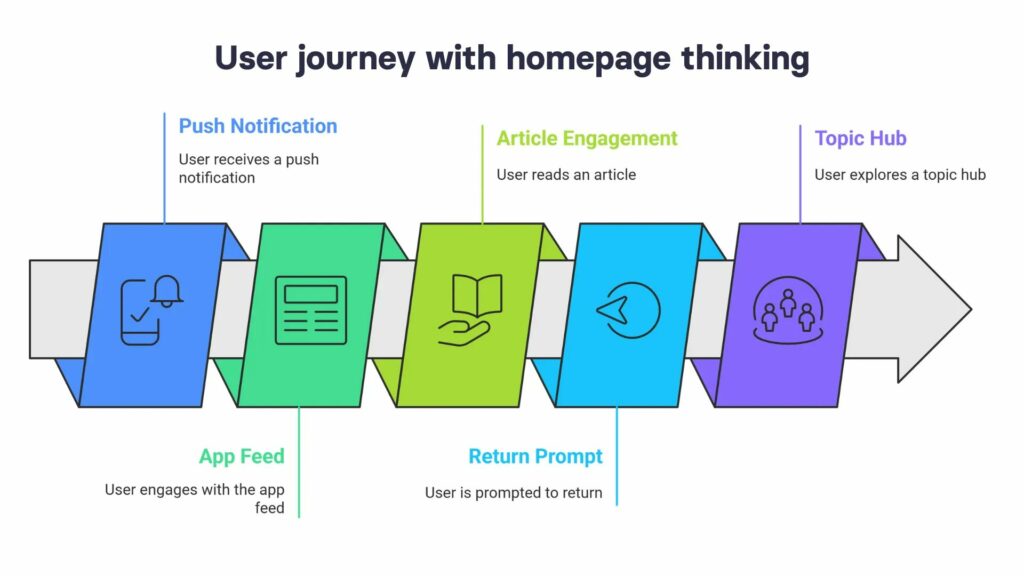
The homepage has evolved, just not where you left it
Most users won’t ask where the homepage went. But they’ll know when it’s missing.
They’ll feel it when stories show up with no context.
They’ll notice when alerts point nowhere.
They’ll drift away when no part of the product feels familiar.
The homepage used to be where readers started. Now, it’s embedded in how they move. It shapes how they reconnect with stories, how they navigate the product and how they decide whether or not to return.
This doesn’t mean the homepage no longer matters. It still plays a role, especially for returning readers or desktop-first users. But for the growing share of traffic that enters from the side, each of those side doors functions as a homepage in its own right.
That’s the shift: not from homepage to no homepage, but from homepage as destination to homepage as distributed intent, present wherever the user happens to begin.
This shift is not a loss. It’s a redistribution. But only if teams build deliberately.
The homepage now lives in the signals we design, the flows we choreograph and the habits we support. It is no longer a page. It is the product’s memory and its invitation to come back.
And it’s still worth building, as long as it’s done with care.
Author Heiko Scherer is the founder and CEO of tchop, a platform that helps publishers to build thriving communities around their brands that they fully own and control. Learn more at tchop.io, connect with him on Linkedin.





